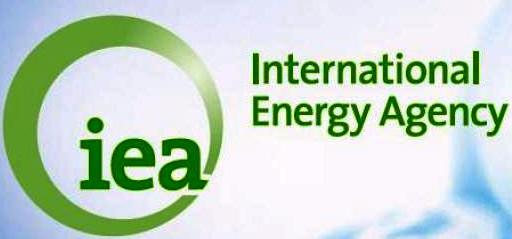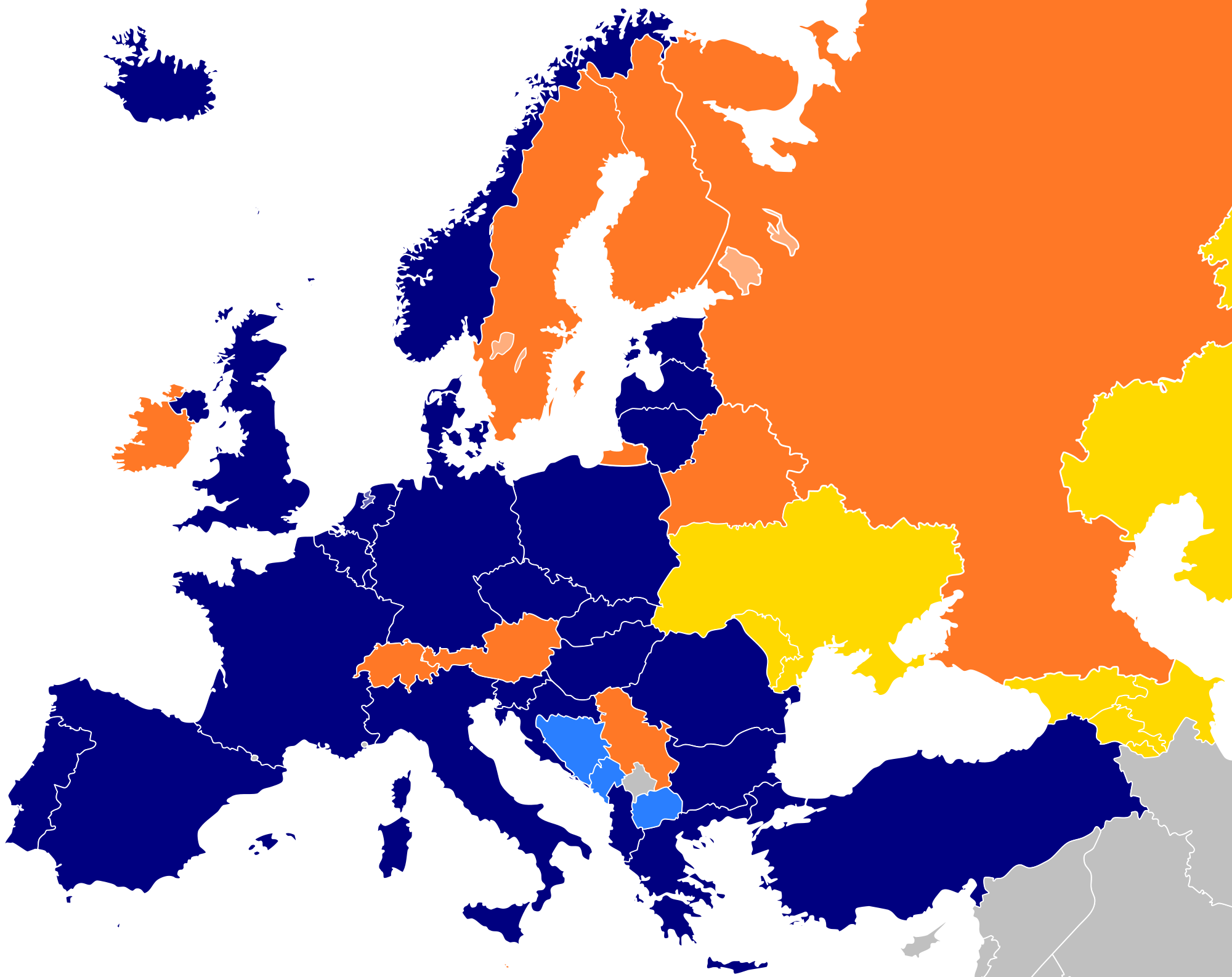There is a great deal of uncertainty about the future of nuclear power. On one side, the critics point to problems at nuclear power plants, lax regulation, environmental and health dangers, problems of waste disposal and dangers of proliferation. On the other side, proponents point out that nuclear reactors have a small carbon footprint which would help to reduce anthropogenic climate change and they produce reliable baseload power as compared to intermittent wind and solar power sources. Then there are political, social and economic factors which may support or work against the construction of new nuclear power plants. Covering all these issues has been one of the reasons that I have been writing these blogs.
The International Energy Association has recently released their annual World Energy Outlook report in which they predict the growth potential of nuclear power in the next 25 years. They estimate that the share of world energy production produced by nuclear power will rise by one percent by 2040. The report predicts that the global primary energy demand will rise thirty seven percent by 2040. They expect that the demand for coal and oil will level off around 2040. The report assumes that world energy production from fossil fuels will be roughly equal to the energy being produced by nuclear and renewables such as wind and solar. One of the authors of the report is quoted as saying that renewable are on the way to becoming the number one source of global electricity.
Although the report stressed the need to reduce greenhouse gas emissions, it also suggested that fifteen billion dollars a year should be invested in oil development with an additional nine billion dollars a year slated for coal. The report called for most oil development to take place in the Middle East. Nuclear power will reduce greenhouse gas emissions by about four years worth of the use of fossil fuels by 2040, according to the report.
The report estimates that the cost of decommissioning aging nuclear power plants will exceed one hundred billion dollars in the next twenty five years. (Governments and the nuclear industry regularly underestimate the cost of decommissioning.) One problem with estimating decommissioning costs is the fact that since the dawn of nuclear power, only ten nuclear power plants have been decommissioned so the nuclear industry does not have much experience with the process. Of the four hundred and thirty four nuclear power reactors currently operating, almost half are scheduled to be decommissioned by 2040.
The estimate of the cost of decommissioning two hundred nuclear reactors does not include the creation of a permanent geological repository for disposing of nuclear waste. Many billions of additional dollars will be required to create and fill future repositories. It is estimated that seven hundred thousand metric tons of spent nuclear fuel will have been generated by 2040.
It is beneficial for agencies interested in power generation to estimate future demand and supply. However, it is entirely possible that the dropping cost of renewables will eventually remove the need for building additional nuclear power plants by 2040.





